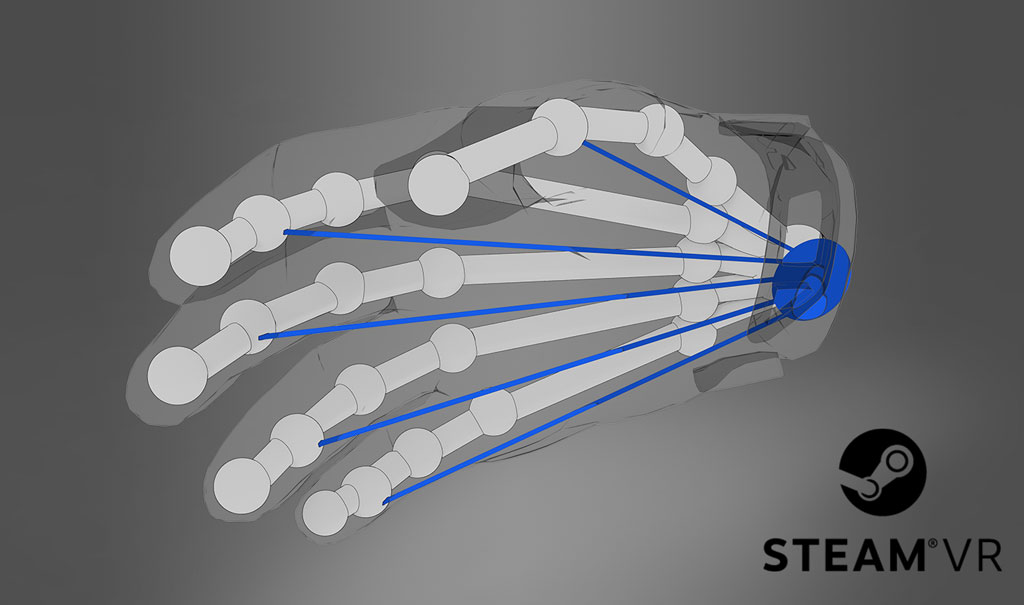SteamVR Skeletal Input Animates VR Hands Using Real-Life Motions
Valve’s new SteamVR Skeletal Input technology enables game developers to use your actual hand motions to animate your virtual avatar hands in SteamVR games, and it can work with any input device.
The SteamVR Skeletal Input system uses any sensor data it can access to capture your hand position. The system then converts the hand pose information into animation data, which developers can use to animate your digital hands. Developers can also combine the data from the SteamVR Skeletal Input system with custom animations. The data stream can be converted to an additive animation sequence, which would enable game devs to use the SteamVR Skeletal Input on top of artist-created hand poses.
Valve’s new controller provides far more information about hand position than the HTC Vive wands and the Oculus Touch controllers. The SteamVR Skeletal Input system creates a skeletal map with whatever information it can get. Vive wands don’t have capacitive sensors, but the SteamVR Skeletal Input system can map finger animations to button presses. Meanwhile, the Touch controllers offer more fidelity with the capacitive sensors on the face of the controller.
Easier for Developers
The SteamVR Skeletal Input system should make the lives of VR 3D animators much easier--especially if they wish to support multiple input devices. By using the data stream from the SteamVR Skeletal Input system, animators don’t need to create individual animations for each input device because the technology creates the animation sequence automatically.
And with the custom button mapping system that Valve introduced last month, developers should be able to retroactively add support for new devices to their games in no time.

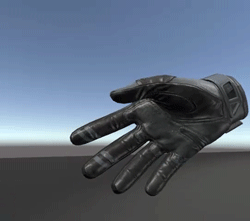
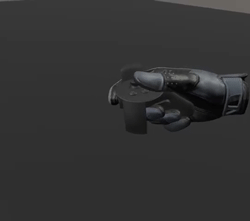
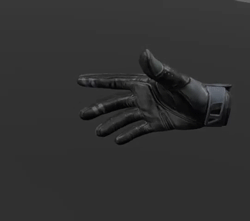

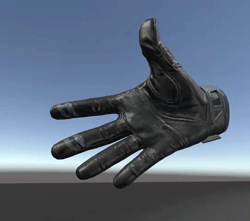
Valve says the controller drivers provide animation streams for hands with the controllers shown and for hands without the controllers shown, which enables developers to choose the best animation for their content.
Get Tom's Hardware's best news and in-depth reviews, straight to your inbox.
Works in Multi-player
Valve also built provisions that enable hand animations in multi-player scenarios. The company says the data stream that SteamVR Skeletal Input system generates would require too much bandwidth for network transmission. However, the company developed an animation compression API that can shrink animation sequences to a palatable size for network situations.
Valve hasn’t yet released the full SDK for the SteamVR Skeletal Input system, but curious Unity developers can scoot over to GitHub to pick up the documentation that explains how to use the Skeletal Input API with the SteamVR Unity plugin.
Valve is currently hard at work developing the upcoming Knuckles controllers, which should enable new interaction systems within VR games with its capacitive touch sensors for all five digits and force sensors to determine how tight you hold the controller. The sensors on the Knuckles controllers should also enable more realistic hand animations that mimic your real hand gestures. However, you won’t need Valve’s fancy new input device to enjoy improved hand animation thanks to the SteamVR Skeletal Input system.
Kevin Carbotte is a contributing writer for Tom's Hardware who primarily covers VR and AR hardware. He has been writing for us for more than four years.
